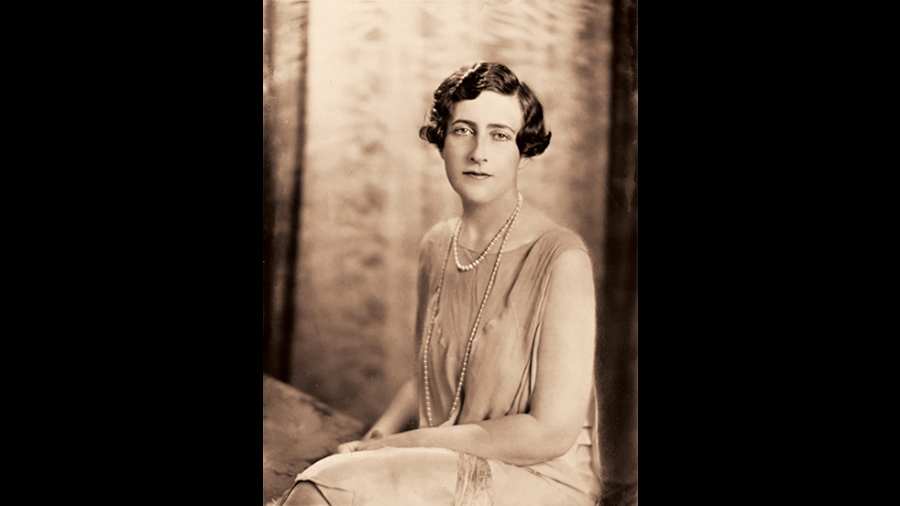Book: Agatha Christie: A Very Elusive Woman
Author: Lucy Worsley
Publisher: Hodder & Stoughton
Price: £25
Lucy Worsley’s biography of Agatha Christie is quite wonderful in the way she brings the “Queen of Crime” to life so that readers have a sense of the woman behind “the bestselling author of all time”. Worsley, a popular British historian, is chief curator at the Historic Royal Palaces. She also makes films for the BBC and has, in fact, turned Agatha Christie: A Very Elusive Woman into a three-part documentary, Mystery Queen.
Agatha, as Worsley calls her, was adept at working events from her life into her novels. She was born into an upper-middle-class Victorian family but her “lazy father and useless brother [Monty]” managed to lose their inherited wealth. This was a time when many believed that “over educating girls overstrained their health”. Notably, one of Agatha’s murderesses — “I always had brains, even as a girl, but they wouldn’t let me do anything” — is eventually “driven by frustration to kill”.
During the First World War, she volunteered in a dispensary where handling drugs “stimulated her imagination about the possible uses of poison” and “Agatha first had the idea of writing a detective story”. She found doctors were rude so that “in her writing, doctors would become ‘statistically the most homicidal profession’”.
Agatha and her first husband, Archibald Christie, married in 1914. Their daughter, Rosalind, born in 1919, was often ignored as her mother became too busy with her career. Initially, though, Agatha did not think she would make it as a writer because her first novel, The Mysterious Affair at Styles, was rejected by six publishers. By the time Agatha died in 1976, she had written more than 100 works.
When her husband began an affair with a younger woman, Agatha disappeared for 11 days in 1926. She crashed her car into a quarry and only a hedge prevented it from toppling over the precipice. Worsley deals with Agatha’s mental breakdown and divorce, and says her second marriage in late 1930 to Max Mallowan, a budding archaeologist nearly 14 years her junior, turned out to be blissful.
With her reputation enhanced with The Murder of Roger Ackroyd, she accompanied Max on digs to Ur and Nineveh in Mesopotamia and to Aswan in Egypt. Readers were captivated by the “exotic locations” in Murder on the Orient Express, Murder in Mesopotamia and Death on the Nile. Her views on race also became more liberal, even though the name of Ten Little Niggers, a bestselling novel from 1939, had to be changed to And Then There Were None.
Success brought wealth as well as a “toxic relationship” with the taxman, both in Britain and in America. But she now could buy houses and, at one point, owned eight. Worsley notes that “the poisons she chooses are often found round the houses: arsenic used for the health of pets, cyanide for wasps… She also employs the kitchen pestle, the meat skewer, the golf club, the tennis racket, and the steel ball from a bedstead as ways of killing.”
She gifted her husband Winterbrook, a Queen Anne house in Wallingford, Oxfordshire, which was called “Max’s house”. Max, who died two years after her, is buried in nearby St Mary’s Church beside Agatha, who, Worsley writes, wanted to be remembered as “a rather good writer of detective stories”.

